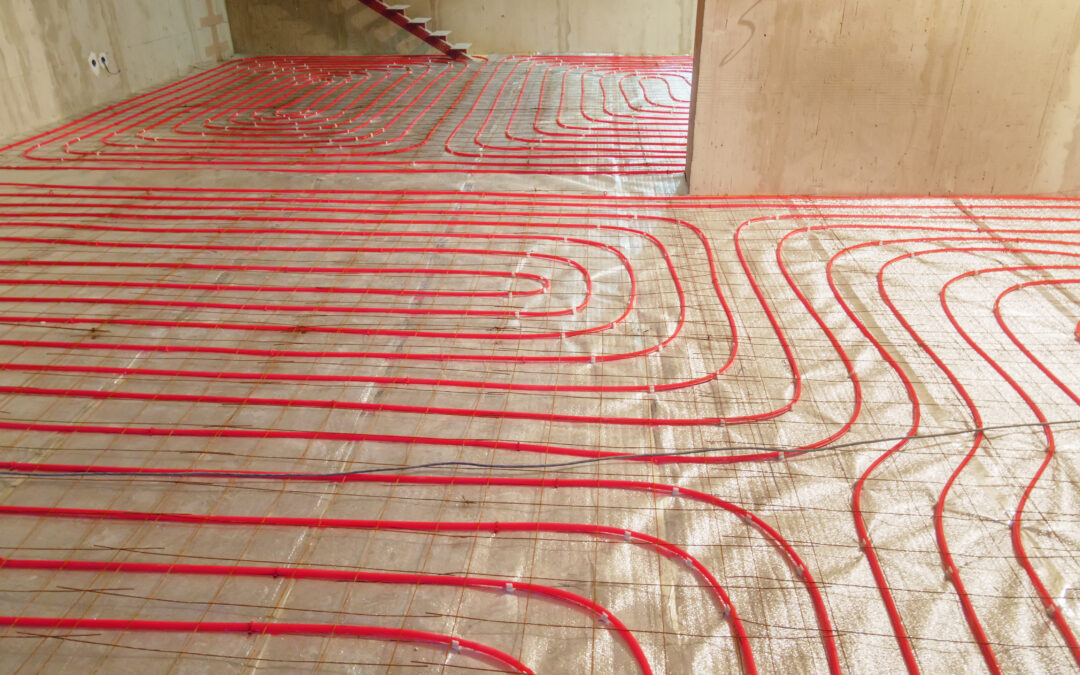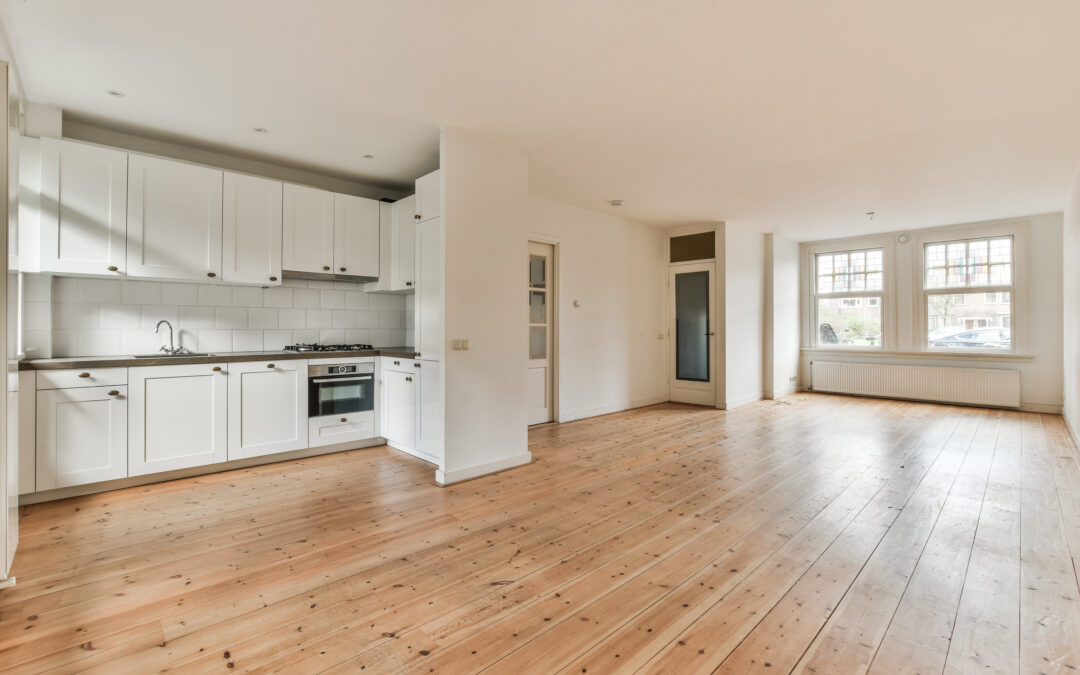Types and Categories of LVT Flooring
Luxury Vinyl Tile (LVT) vs. Luxury Vinyl Plank (LVP)
Luxury Vinyl Tile (LVT) and Luxury Vinyl Plank (LVP) are two distinct categories within the realm of vinyl flooring. While LVT mimics the appearance of natural stone or ceramic tile, LVP replicates the look of hardwood planks. Both offer a plethora of design options, ranging from realistic wood grains to intricate tile patterns.
Different Styles and Patterns Available
One of the hallmark features of LVT flooring is its versatility in design. From classic wood-look planks to contemporary geometric patterns, the options are virtually limitless. Whether you prefer a rustic farmhouse aesthetic or a sleek modern vibe, there’s an LVT style to suit every taste.
Waterproof vs. Water-Resistant LVT
Waterproof LVT flooring boasts enhanced resistance to moisture, making it ideal for high-moisture areas such as bathrooms, kitchens, and basements. On the other hand, water-resistant LVT offers a degree of protection against spills and splashes but may not withstand prolonged exposure to moisture.
Suitable Rooms for LVT Flooring
Living Room
The living room serves as the heart of the home, where families gather to relax and entertain. LVT flooring offers the perfect blend of style and durability, making it well-suited for this high-traffic area. With its wide array of design options, homeowners can create a cozy yet chic living space that stands the test of time.
Kitchen
In the kitchen, spills and stains are par for the course. That’s where waterproof LVT flooring shines. Its impervious surface repels liquid spills, making cleanup a breeze. Whether you’re whipping up culinary masterpieces or hosting dinner parties, LVT flooring provides the perfect foundation for your kitchen endeavors.
Bathroom
When it comes to bathroom flooring, waterproofing is non-negotiable. LVT flooring offers the ideal solution, combining water resistance with style and comfort. Say goodbye to cold, hard tile underfoot—LVT provides a warm and inviting surface that stands up to moisture and humidity with ease.
Bedroom
The bedroom should be a sanctuary for rest and relaxation. With LVT flooring, homeowners can create a serene retreat that’s both stylish and comfortable. Its soft underfoot feel and noise-reducing properties make it an ideal choice for bedrooms, ensuring a peaceful night’s sleep.
Basement
Basements are notorious for their susceptibility to moisture and flooding. Enter waterproof LVT flooring. With its resilient construction, LVT can withstand the challenges of below-grade environments, providing a durable and long-lasting flooring solution for basements.
Laundry Room
The laundry room is another space where water resistance is paramount. From leaky washing machines to spilled detergent, the potential for moisture-related damage is ever-present. LVT flooring offers a practical solution, withstanding the rigors of laundry day while maintaining its pristine appearance.
Home Office
With the rise of remote work, home offices have become essential spaces for productivity and focus. LVT flooring offers the perfect blend of style and functionality, providing a comfortable surface for long hours of work. Its noise-reducing properties create a quiet atmosphere conducive to concentration.
Dining Room
In the dining room, spills and splatters are part of the dining experience. That’s where LVT flooring comes in handy. Its waterproof surface repels liquids, ensuring easy cleanup after meals. Plus, its versatile design options allow homeowners to create a dining space that’s as stylish as it is practical.
Installation and Maintenance
Preparation Steps Before Installation
Before installing LVT flooring, proper preparation is essential. This includes ensuring a smooth and level subfloor, as well as addressing any existing moisture issues. Proper acclimation of the flooring materials is also crucial to prevent warping or buckling after installation.
Installation Methods: Glue-Down, Click-Lock, or Loose Lay
LVT flooring can be installed using a variety of methods, including glue-down, click-lock, or loose lay. Each method offers its own set of advantages and considerations, depending on the specific needs of the project. Homeowners should consult with a professional installer to determine the best approach for their space.
Maintenance Tips for Long-Term Durability
To keep LVT flooring looking its best, regular maintenance is key. This includes sweeping or vacuuming to remove dirt and debris, as well as mopping with a gentle cleaner to maintain its luster. Avoid using harsh chemicals or abrasive cleaning tools, as these can damage the surface of the flooring.
Cost Considerations
Comparison of LVT Flooring Costs with Other Flooring Options
While LVT flooring offers numerous benefits, cost is a factor that many homeowners consider. Compared to traditional hardwood or tile flooring, LVT is often more affordable, making it an attractive option for budget-conscious consumers. Additionally, the long-term durability and low maintenance requirements of LVT can result in significant cost savings over time.
Factors Influencing the Cost of Installation
Several factors can influence the cost of installing LVT flooring, including the size of the space, the complexity of the installation, and the quality of the materials used. Homeowners should obtain quotes from multiple contractors and carefully consider their options before proceeding with installation.
Long-Term Cost Savings and Return on Investment
While the initial cost of LVT flooring may be higher than some other flooring options, its long-term durability and low maintenance requirements can result in significant cost savings over time. Additionally, the aesthetic appeal and versatility of LVT can enhance the value of a home, providing a solid return on investment.
Environmental Impact
Sustainability of LVT Flooring Materials
As awareness of environmental issues grows, many homeowners are seeking sustainable flooring options. While vinyl flooring has historically been associated with environmental concerns, advances in manufacturing processes have led to the development of more eco-friendly LVT products. Look for certifications such as FloorScore or GreenGuard to ensure that your LVT flooring meets rigorous environmental standards.
Eco-Friendly Manufacturing Processes
Many manufacturers are embracing eco-friendly manufacturing practices, such as using recycled materials and minimizing waste. By choosing LVT flooring from responsible manufacturers, homeowners can minimize their environmental footprint while still enjoying the benefits of this versatile flooring option.
Recycling and Disposal Options
At the end of its lifespan, LVT flooring can often be recycled, reducing the amount of waste sent to landfills. Some manufacturers even offer take-back programs where old flooring can be returned for recycling. Additionally, proper disposal methods should be followed to ensure that any waste is handled responsibly.
FAQs (Frequently Asked Questions)
Are there any limitations to where LVT flooring can be installed?
While LVT flooring is suitable for a wide range of applications, there are some limitations to consider. For example, extreme temperature fluctuations or direct sunlight exposure may affect the performance of LVT flooring. Additionally, certain subfloor conditions may require additional preparation before installation.
Can LVT flooring be installed over existing flooring?
In many cases, LVT flooring can be installed directly over existing flooring, saving time and money on removal and preparation. However, it’s important to ensure that the existing flooring is in good condition and properly prepared to support the new LVT flooring. Consultation with a professional installer is recommended to determine the suitability of installing LVT over existing flooring.
How does LVT flooring compare to other types like hardwood or tile?
LVT flooring offers several advantages over traditional hardwood or tile flooring. It is typically more affordable, easier to install, and requires less maintenance. Additionally, LVT is available in a wide range of styles and designs, allowing homeowners to achieve the look of hardwood or tile without the associated cost or upkeep.
Is underlayment necessary for LVT flooring?
While underlayment is not always necessary for LVT flooring, it can provide additional benefits such as noise reduction, thermal insulation, and moisture protection. The need for underlayment depends on factors such as the type of subfloor, the quality of the LVT flooring, and the specific requirements of the installation.
What are the most popular LVT flooring brands on the market?
Some of the most popular LVT flooring brands include Shaw, Armstrong, Mohawk, Mannington, and COREtec. These brands are known for their high-quality products, innovative designs, and commitment to sustainability. Homeowners can explore the offerings from these reputable brands to find the perfect LVT flooring for their needs.
Conclusion
In conclusion, LVT flooring offers a versatile and practical solution for a wide range of rooms in the home. From the kitchen to the bedroom to the basement, LVT flooring excels in both style and functionality. With its waterproof properties, durability, and ease of maintenance, LVT flooring is an ideal choice for modern homeowners looking to elevate their living spaces.
Whether you’re renovating your entire home or simply updating a single room, consider LVT flooring for a flooring solution that combines beauty, durability, and affordability. If you have any questions, contact us today and we will be happy to help.



